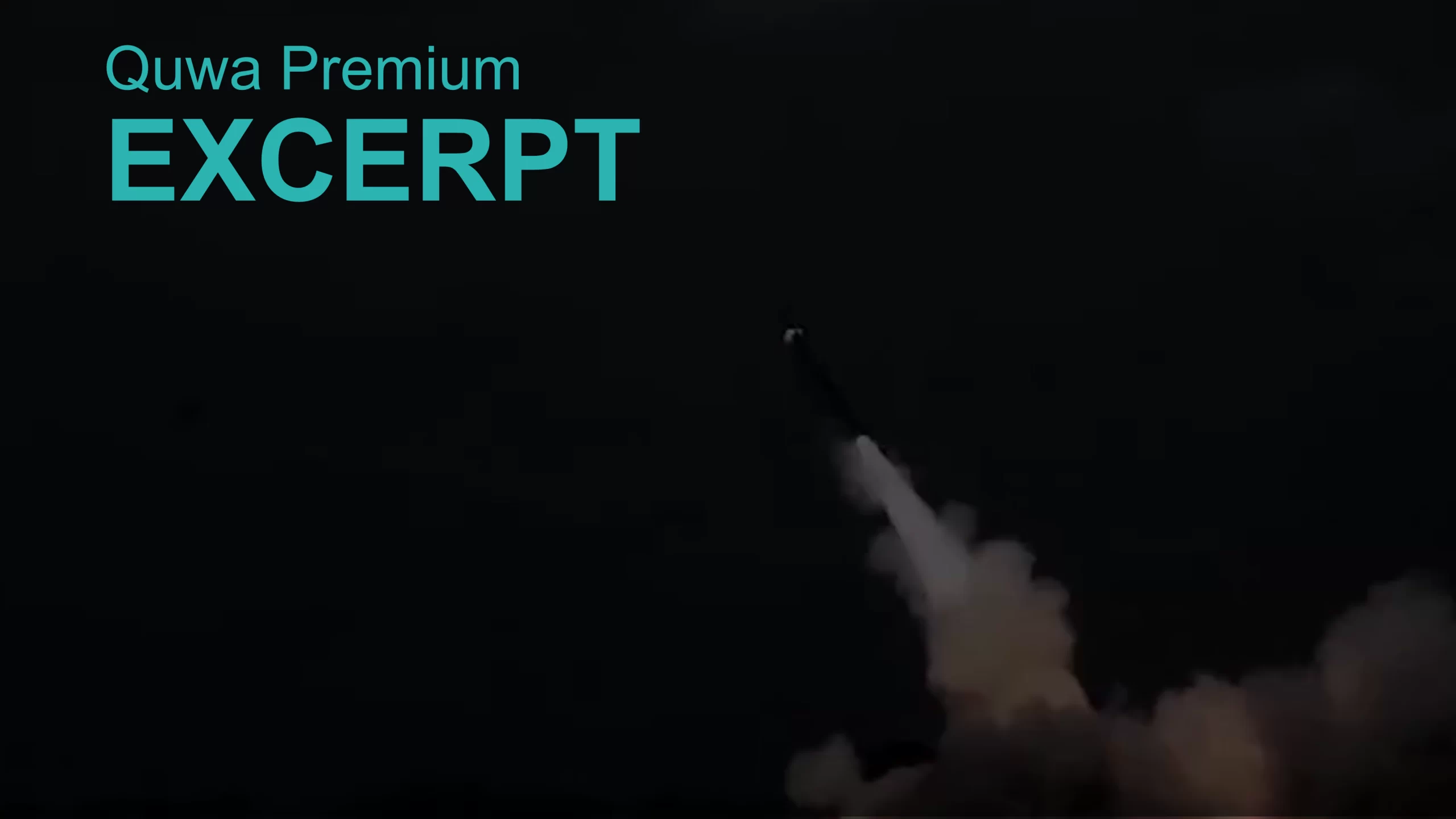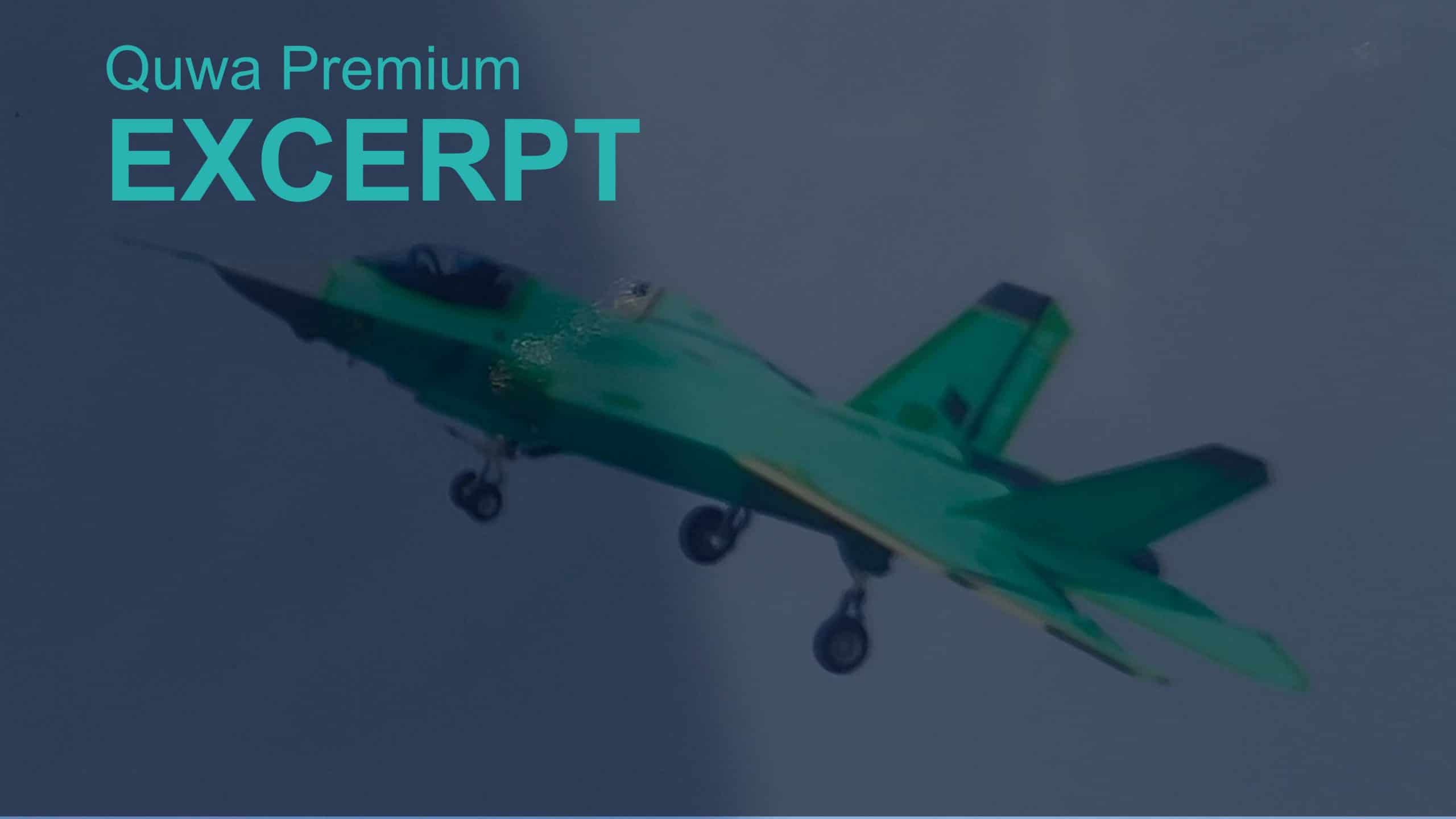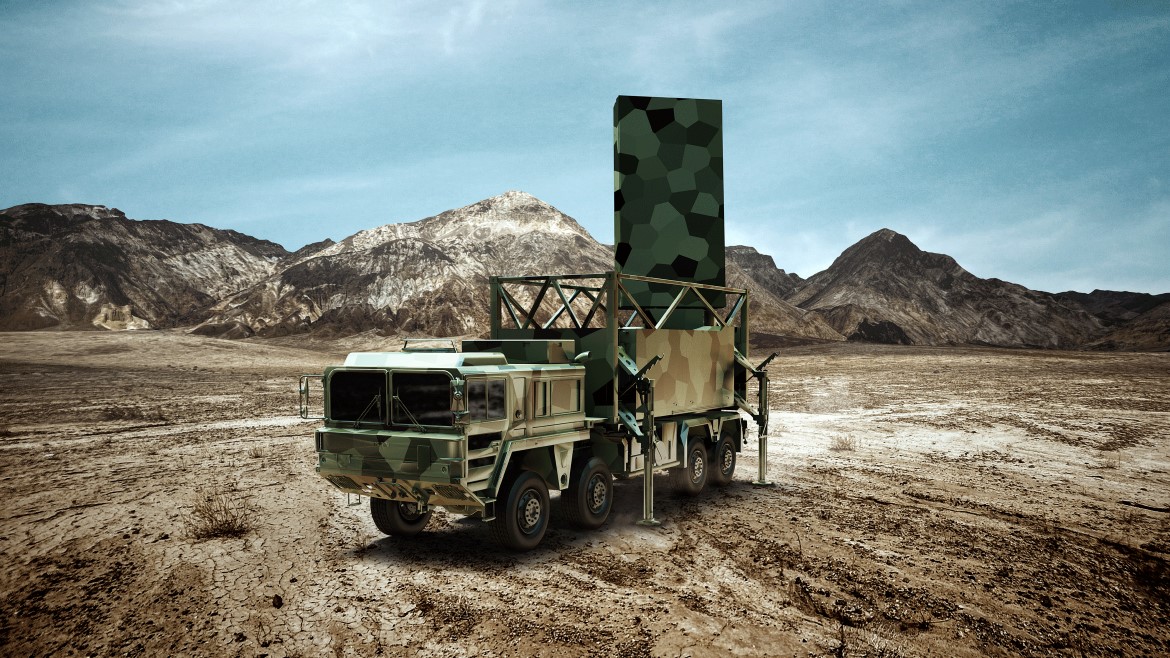2650Views

Analysis: Pakistan-Iran Tensions
On 16-17 January, Pakistan and Iran exchanged guided munition fire across their respective borders, both claiming to target Balochi separatist militants.
The incident started with an Iranian missile strike in the Panjgur district of Pakistan’s Balochistan province. Tehran claimed it was targeting militants of the ‘Jaish al-Adl’ group. In retaliation, Pakistan executed own precision strikes in Iran’s Balochistan-Sistan province, claiming it targeted Balochistan Liberation Army (BLA) and Balochistan Liberation Front (BLF) hideouts.
Both Iran and Pakistan stressed that their respective strikes were not against the state, government, or military assets of their neighbour. Rather, both countries underlined their mutual focus to address apparent Balochi separatist threats across their borders.
On 19 January, both Pakistan and Iran announced that they will actively “de-escalate” tensions. In an official statement, Pakistan’s Ministry of Foreign Affairs stated that the two countries will strengthen their cooperation on counter-terrorism.
A Surprise Provocation
For Pakistan, Iran’s cross-border strikes were a surprise. Until 16 January, Islamabad had thought it had cordial relations with Tehran and, resultingly, response mechanisms to manage separatist and militancy/terrorism issues on both sides of the Balochistan-Sistan region.
In fact, historically speaking, Pakistan generally did not consider its border with Iran a vulnerability. To the contrary, Tehran (albeit under the Shah) had played an active role in strengthening Pakistan’s territorial integrity, especially in the latter’s earlier years when its security apparatus was far weaker and less developed. Ties have not been as strong since the Revolution, but they never corroded to a point where Pakistan had to consider defending its southwestern front with full-fledged conventional military capabilities, such as permanent armour and artillery deployments, for example.
Thus, Iran’s strikes could have escalated matters for Pakistan, not just in terms of its immediate-term response, but, potentially, its long-term treatment of Iran as well.
Domestic Pressure
Interestingly, the leadership establishments in both Iran and Pakistan were facing domestic pressure.
For Tehran, its strikes against supposed militant groups in Pakistan – as well as Iraq and Syria – was a signal to the Iranian population. Basically, Tehran wanted to show that it could wield strong regional influence and reach, especially when it came to pursuing its security interests.
Indeed, in the lead up to these strikes, Iran had suffered from numerous attacks, such as the killing of Sayed Razi Mousavi, an Islamic Revolutionary Guard Corps (IRGC) commander), or the terrorist attack at a memorial of IRGC chief Qassem Soleimani, which killed over 90 civilians in Kerman. Thus, Tehran felt the need to show both its population and outside powers that it can exert force outside of its borders and, if prompted, retaliate with a mix of capabilities (e.g., proxies, missiles, drones, etc).
In effect, Tehran likely did not mean to target Pakistan to weaken it; rather, Pakistan was caught up in a wider narrative that Tehran was trying to build to raise its stature.
However, Tehran’s strikes cast a strong spotlight on Pakistan’s security leadership, which – ironically – was celebrating hardware inductions it claimed would defend against such strikes from India that same day, such as counter-tactical ballistic missile (TBM) systems, for example.
Now, much like how the Balakot episode against India in 2019, there was a general expectation in the public that the Pakistani military would respond to Iran’s apparent provocations. Moreover, Pakistan felt a compulsion to respond as allowing Iran to strike with impunity could embolden India. However, the Pakistani security establishment was also facing pressure against its active hand in shaping the country’s political developments, especially since the collapse of the government in 2022.
Thus, the following day, the Pakistan Army and Pakistan Air Force (PAF) undertook ‘Operation Marg Bar Sarmachar.’ Pakistan said it undertook an “intelligence-based” operation using drones, stand-off range weapons, and guided artillery rockets in Iran’s Balochistan-Sistan province.
Interestingly, both Iran and Pakistan got what they needed from the otherwise abnormal episode – a chance to demonstrate regional influence. Iran showed it could exert reach across its multiple fronts, and Pakistan became one of only two countries to engage in strikes on Iranian territory since the Iran-Iraq War of the 1980s. So, how will Islamabad and Tehran proceed from this point?
De-Escalation
Neither side can afford an escalatory stance, especially over the long term. If Pakistan began treating Iran as a threat to its territorial integrity, it would need to allocate a significant conventional military and, potentially, strategic retaliatory presence on its southwestern front. However, this move would, without any doubt, force Pakistan to divide its focus and resources between India and Iran, thereby weakening its ability to maintain a credible conventional position against India…
End of Excerpt (752/1,228 words)
You can read the complete article by logging in (click here) or subscribing to Quwa Premium (click here).
More insights on Pakistan’s strategic and geo-political affairs:


